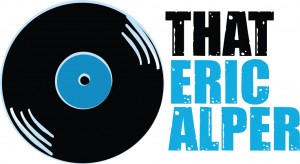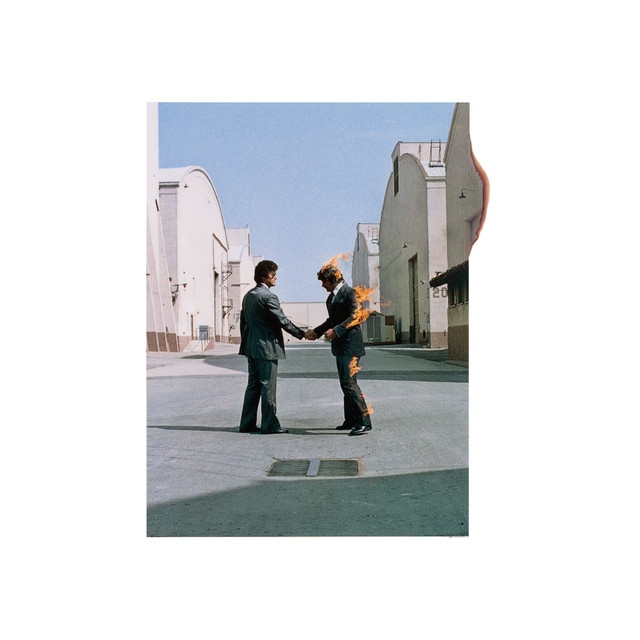There’s something about Wish You Were Here that lingers long after the last note fades. Released in 1975, Pink Floyd’s ninth studio album is a melancholic meditation on absence, industry cynicism, and the aching shadow of Syd Barrett. Beneath its sweeping synths and haunting guitar lines lies a story far deeper than most listeners ever realize. Coated in sorrow, searing honesty, and spectral nods to the past, Wish You Were Here was both a tribute and a turning point.
1. The Album’s Heartbeat? A Riff Played by Accident.
The emotional centerpiece of Wish You Were Here, “Shine On You Crazy Diamond,” began with four simple notes that David Gilmour stumbled into while warming up. Roger Waters heard them and instantly knew: this was the ghost of Syd Barrett speaking. Gilmour had no idea he was composing the most poignant tribute in the Floyd catalogue. That haunting B♭–F–G–E motif, forever linked to Barrett’s memory, started as a casual jam. Floyd fans: let that sink in—Pink Floyd’s most sacred melody was an accident.
2. Roy Harper’s Vocals Came With a Side of Regret
“Have a Cigar” famously features Roy Harper on lead vocals—not Waters or Gilmour. Why? Both tried and couldn’t land the sneering, cynical tone the track demanded. Harper, recording nearby, stepped in—and nailed it. But while Gilmour loved his swagger, Waters later admitted he regretted giving the line away. He wanted something more “vulnerable” than theatrical. Still, Harper’s take gave us one of the only Pink Floyd songs ever sung by an outsider. And it smokes.
3. The Hidden Ghost of “See Emily Play”
As “Shine On” fades out at the end of the album, there’s a subtle musical whisper—a quick callback to “See Emily Play,” one of Syd Barrett’s earliest Pink Floyd triumphs. Listen closely around 12:07 in Part IX, and you’ll hear Richard Wright delicately quote the melody on keyboard. It’s blink-and-you’ll-miss-it, but that tiny tribute feels like a ghost waving goodbye. It’s also the last solo writing credit Wright would receive until The Division Bell—his quiet farewell to Syd and maybe to his own era in Floyd.
4. Stéphane Grappelli Is On It… Barely
World-famous jazz violinist Stéphane Grappelli is on “Wish You Were Here”—but you almost can’t hear him. Recording down the hall at Abbey Road, he laid down a stunning country-tinged fiddle track. But when it came time to mix, Pink Floyd decided it clashed with the song’s stripped emotion. Instead of cutting it completely, they buried it so deep in the mix that even they figured it was too faint to credit. (Spoiler: it’s at 5:21.) He still got paid £300 for his ghost note.
5. The Day Syd Barrett Returned—and Disappeared Again
On June 5, 1975, while the band mixed “Shine On You Crazy Diamond,” Syd Barrett walked into Abbey Road. Bald, overweight, and almost unrecognizable, he silently sat while the band worked on a song about him. Waters cried. Gilmour thought he was a lost technician. When they played the song for him, Barrett called it “a bit old.” After attending Gilmour’s wedding canteen reception, he quietly vanished. None of them ever saw him again. His visit wasn’t just eerie—it was prophetic. The ghost of Barrett was both inspiration and apparition, gone again just as the album bearing his shadow came to life.
Wish You Were Here will always remain a requiem for lost friends, a critique of empty fame, and a reminder that music can carry both memory and mourning. Syd may have drifted away, but through every synth swell and quiet guitar phrase, Pink Floyd made sure we’d never forget who the crazy diamond truly was.







